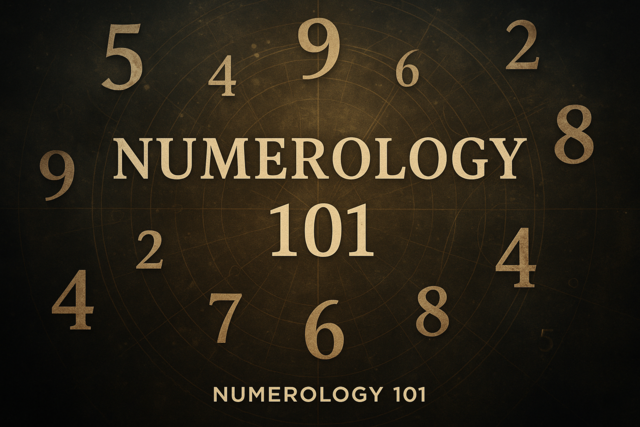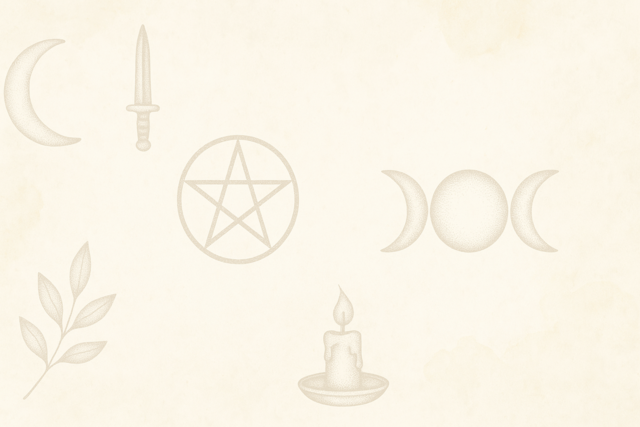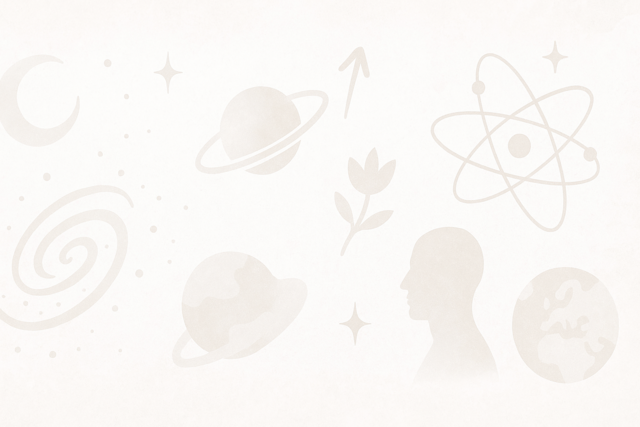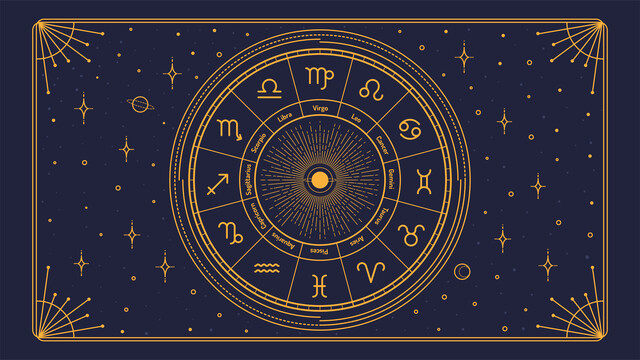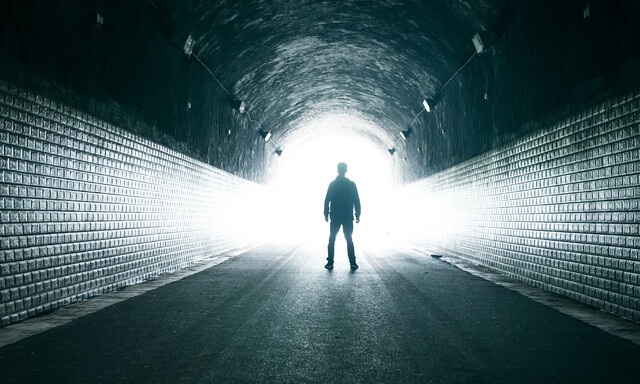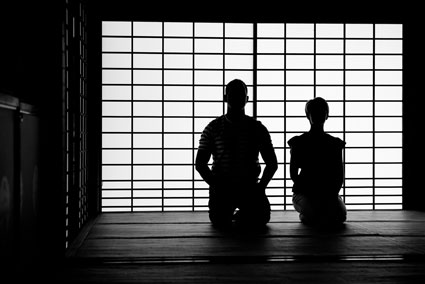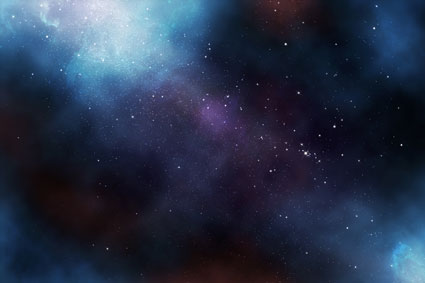Every religion has a calendar of holy days it uses. Most religions overlap in their observances, as they are usually tied to planting or harvest, and various symbols that illustrate the changing of the seasons. Wicca is no different, and you will find the major holidays are close to, or overlap, with the common holiday calendar.
The Wheel of the Year is the name of the Wiccan calendar; it refers to the cycle of sacred days throughout the year, and is another foundation of the Wiccan faith. Much of this calender is tied in, and corresponds with, the phases of the moon, the equinoxes, and solstices. Activities typical to each season are also represented: planting, harvest, or the dormancy of winter, for example.
Sabbats (Major Holidays)
There are eight major holidays to the Wheel of the Year. These days correspond to the equinoxes, solstices, and sacred days -- such as the new year. Many of these holidays may correspond to the mainstream holiday calendar, which was also historically tied to the solstices and activities of the seasons. Different paths may alter the names a bit to reflect their chosen pantheon, or other symbolic meaning. The names used here are the most common. Here is the calendar:
Yule: This is the day of the winter solstice, usually around December 19-22. It is the shortest day of the year and corresponds to the return of the Sun being up longer. In ritual, this is when the goddess gives birth to the god, thus beginning the cycle of rebirth: winter turning into spring, and then summer. This holiday includes many of the commonly known "Christmas" decorations -- trees, ornaments, candles, and the Yule log.
Imbolc: This falls on February 2 and is the next sacred day, but doesn't correspond to any specific astrological events. Rather, it is the continuing celebration of the goddess giving birth to the god. Imbolc is a celebration of Her successful recovery and movement into a period of growth. These themes of new birth, growth, and fertilization make Imbolc a common time for initiations, or re-dedication to one's chosen path.
Ostara is the spring equinox,, usually falling around March 19-22. Ostara is a solar festival, oriented toward the beginning of the planting season and the coming of spring. Here, the goddess is the maiden, and the god is in the prime of his youth. They begin their courtship here; as the earth begins to bloom so does their relationship. Symbols of this holiday are eggs, flowers, or suns - anything that welcomes spring.
Beltane: Coming with the start of May, Beltane is the celebration of god's growth from youth into manhood. He is the consort of the goddess. Here, the themes of sexuality and fertility come into play. Rituals may include dancing the May Pole, or deepening your relationship with your own consort.
Litha is the summer solstice, usually falling between June 19-22. The goddess is pregnant, which is reflected in the bountiful fertility of the earth; the flowers are in full bloom, and everything is in full swing. This is the longest day of the year, and is symbolically marked with fire. Weddings, partnerships, consummations are all common to this day when the power of nature is at its peak.
Lughnasad: This is the festival of the first harvest on August 1. Plant life is beginning to fade as its fruits and seed become ripe for harvest. The god, too is dying, and at the same time germinating inside the Goddess to be reborn anew as the cycle continues. Symbols of this day are symbols of the harvest season, bread, corn, cornucopias.
Mabon is the fall equinox, between September 19-22. This is the completion of the harvest season, where day and night are equal. The fruits of the harvest are celebrated, as are the seasons that have come before. Here, the god is preparing to leave his old body and be reborn to the goddess.
Esbats (Minor Holidays:
Esbats are celebrations of the full moon; there are 13 full moons per year. Esbats are days to deepen your relationship with the goddess, perform magick, or develop your practice.The full moon contains a power that is useful for strengthening your relationship to your path.
Much of this calendar follows closely with the mainstream holiday calendar we all know, as the turn of the seasons has always been noted. Many Wiccans also choose to still include holidays like Christmas in with their practice -- not for the religious aspects, but for ease in remaining integrated with family. Some also keep their holidays on the same day as mainstream holidays so that they get the same days off from work and school. Workplaces and schools can be hesitant to make allowances for Wiccan holidays, and the practitioners themselves may not be public about their religious choices. The fluid and accepting nature of the Wiccan faith understands and allows for this, as it does not require its practitioners to be tied to a dogmatic calendar system. Keeping with both calendars is really up to the practitioner and how they choose to integrate the mainstream in with their path.


